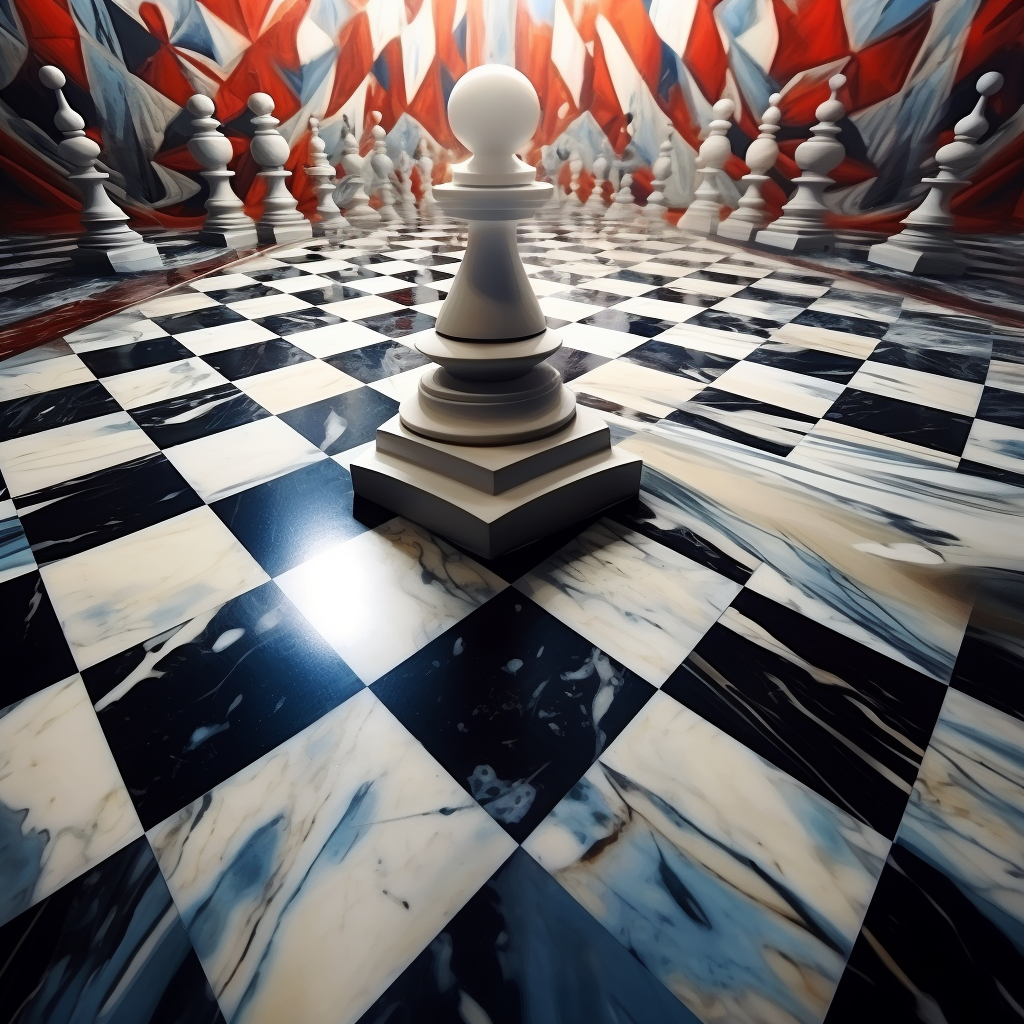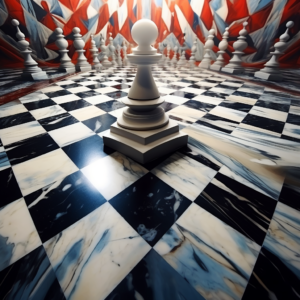Let me tell you a story. A few years ago, I found myself overwhelmed and overworked, struggling to keep up. Sound familiar? In our complex world, it’s easy to get buried trying to check every box and fight every fire. I was stuck on the hamster wheel of busyness and stress. But then I discovered a better way — a method for working smarter, not just harder. Strategic efficiency provides a framework for getting the maximum mileage from your limited time and energy. By streamlining how you work, focusing like a laser, and emphasizing execution, you can gain an advantage and thrive. Intrigued yet? Read on to learn how to achieve more with less.

The Principles of Strategic Efficiency
Strategic efficiency seamlessly combines planning, prioritization, and flawless execution. Here’s how it works:
- Planning: Like a road trip, you need a destination and route to get there. Define your ambitious yet attainable goals, then map out incremental steps to make them a reality.
- Prioritization: With so many options and so little time, laser focus is crucial. Commit your limited hours only to high-impact, results-driven activities. Say no to distractions.
- Flawless Execution: Even the best strategy is meaningless without follow-through. Turn plans into concrete outcomes through relentless persistence. Sweat the small stuff.
The Benefits
Adopting a strategically efficient approach leads to some pretty sweet payoffs:
- More impactful use of your precious time and money
- Increased return on everything you pour your energy into
- Higher likelihood of actually achieving your grandest ambitions
- Greater resilience to withstand and bounce back

Game Theory: The Science of Strategy
Ever feel like you’re one move away from checkmate? Game theory is here to help. It’s the mathematical study of calculating your best option based on the potential choices of competitors and collaborators.
By analyzing the motivations and incentives of other players, you can strategically determine your winning moves. It’s the science of strategy.
Key concepts include:
- Nash Equilibrium: When each player adopts mutual best responses to the actions of their rivals and allies. Like pieces falling into place.
- Dominant Strategy: The single best action for you to take regardless of what anyone else decides. Your ace in the hole.
Grasping game theory allows you to gain more control, even in dynamic, competitive environments. You go from reactionary to strategist.
Case Study: Lyndon B. Johnson
Lyndon Baines Johnson became one of America’s shrewdest tacticians on his journey from rural teacher to president.
Though initially opposed to the 1957 Civil Rights Act, he foresaw that compromise was politically necessary. LBJ put himself in the shoes of his Congressional colleagues, mediated heated negotiations, and crafted complex deals to secure passage of the landmark bill.
It was a tough play, but his first application of game theory on the national stage. And it wouldn’t be the last.
Applications Across Sectors
Public Policy
- Data-driven analysis enables ongoing optimization of programs for the people they serve.
- Effective policy development requires broad, bold vision combined with mastery of tactical details.
Business Strategy
- Metrics like ROI, customer acquisition cost, and churn rate inform efficient growth decisions and resource allocation.
- Competition analysis allows strategic pricing, product development and partnerships.
Healthcare
- Systematic tracking of metrics like readmission rates and wait times allows for continuous process improvements that better serve patients.
- Providers benefit from long-term strategic planning to ensure efficient, affordable delivery of quality care.
The Human Element
Now, while strategic efficiency emphasizes productivity, let’s not forget there are human beings behind all those metrics and models. Taking time to establish genuine rapport, understand different interests, and appeal to shared values lays the groundwork for sustainable win-win scenarios. A dash of empathy fuels the most enduring and effective strategies.

Adaptation in Strategy
In an increasingly polarized political climate, leaders must adapt their strategies to connect across differences.
Rather than retreating to ideological echo chambers, recognize shared hopes that transcend party lines – safety, health, family. Appeal to our common humanity. Avoid vilifying those who disagree.
Listen more than you speak. Don’t just broadcast your views, but make an effort to really understand different perspectives. With empathy and insight, you can tailor communications to resonate broadly.
Adapt, don’t adopt. Stay true to your principles while being open-minded. Tactical flexibility coupled with resolute vision moves society forward.
Continuous Improvement
Here’s the thing – achieving strategic efficiency isn’t a one and done deal. It’s an iterative process requiring grit and resilience in pursuit of excellence. Regular self-evaluation and adaptation enables long-term progression. Each step gets you closer to where you want to be.
Rather than seeking instant gratification, take an incremental growth mindset. Set back? Reset. Failure? Refine. Bored? Seek out new challenges. Complacent? Compare yourself to who you could become, not who you currently are.
It’s a marathon, not a sprint. Consistency compounds. Small improvements aggregate into excellence. The grittiest endure.
Conclusion
Strategic efficiency, at its core, is about realizing our human potential. It’s about marshaling our talents and resources to build a society that enables all people to thrive.
This begins with moral courage – doing what is right over what is expedient. It continues with hope that change is possible when we pull together. And it ends with the understanding that none of us can be truly free until all of us are free.
With finite resources and infinite challenges, adopting strategic efficiency allows us to make the absolute most of what we have. By working smarter – not just harder – we can surmount even the greatest obstacles and create hope. Are you willing to take the first step toward a strategic edge? It could change everything.

Frequently Asked Questions
Q: In what ways can strategic efficiency give someone an advantage in competitive situations?
A: Strategic efficiency enables you to allocate limited resources optimally, anticipate potential obstacles, and respond nimbly to changing circumstances. With strategic planning, you can outmaneuver rivals by staying several moves ahead.
Q: What role does strategic efficiency play in politics and policymaking?
A: It is essential for winning elections, building coalitions, negotiating compromises, and implementing public policies effectively. Political strategy and public administration both rely heavily on maximizing outcomes with available resources.
Q: How does game theory relate to strategic efficiency?
A: Game theory provides mathematical models for decision-making in competitive or cooperative scenarios. Understanding these dynamics allows you to optimize strategy. It complements strategic efficiency’s focus on resource allocation and planning.
Q: Can strategic efficiency principles be applied in fields outside of politics?
A: Absolutely. The concepts are relevant across sectors like business, academia, sports, and more. Any context that involves competition, constrained resources, or high stakes decision-making can benefit immensely from strategic efficiency.
Q: What are some key metrics used to evaluate strategic efficiency?
A: Critical metrics include return on investment, cost-benefit ratios, productivity stats, time efficiency, resource utilization rates, and more. Both quantitative and qualitative data are essential for maximizing strategic efficiency over time.




